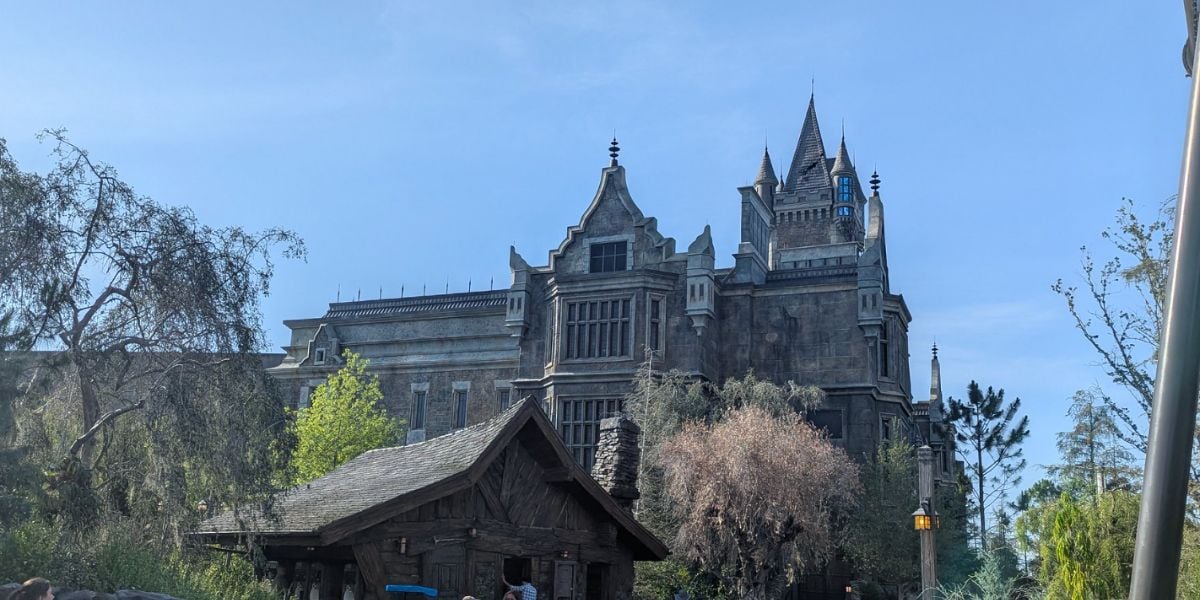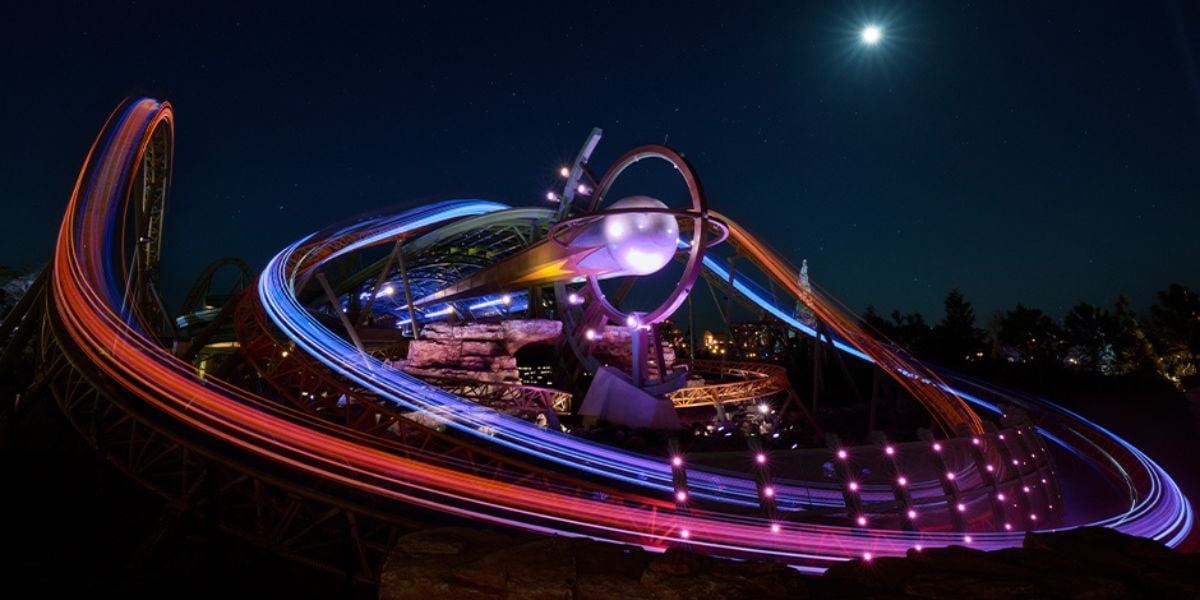Recent Tragedy Highlights Theme Park Safety Issues
The tragic death of Kevin Rodriguez Zavala, a 32-year-old man, on the Stardust Racers coaster at Universal Orlando’s Epic Universe has brought significant attention to the safety of theme park rides. Zavala’s incident has raised critical questions regarding how safely attractions operate and the responsibilities of theme parks to ensure rider safety.

The severity of his injuries, classified as “multiple blunt impact injuries” by the Orange County medical examiner, prompted Universal Orlando to close the ride temporarily. However, it reopened shortly thereafter, accompanied by new warnings and requirements for riders. While Universal insists that the ride is secure, concerns linger regarding the actual safety measures in place and the condition of patrons before they board.
Ride Inspections: Who’s Responsible?
Florida’s ride safety oversight is unique compared to other states, notably California, where stricter regulations require state inspections of theme park rides. Inconsistencies arise in Florida since Disney World and Universal Orlando rely on self-inspections rather than state-mandated protocols.

This means that while both parks report any injuries to the state, the transparency in these reports is essentially at their discretion. A report from the Orlando Sentinel highlighted this as a systemic issue, suggesting that patrons have a greater chance of suffering from unusual accidents, like lightning strikes, than discovering the proper safety precautions of attractions in Central Florida.
The lack of required oversight in Florida raises concerns about how effective self-monitoring can be and whether it prioritizes visitor safety. This cultivation of ambiguity may lead patrons to risk their safety when enjoying the rides unknowingly.
Political Donations and Oversight Concerns
A deeper dive into the relationship between Florida’s theme parks and state politicians reveals a troubling connection: political donations. Both Disney World and Universal Orlando contribute substantial political contributions to influence regulatory measures that might challenge their current operational liberties. Critics argue that this transactional relationship compromises the integrity of safety oversight. As noted in the Orlando Sentinel, the parks’ management claims that maintaining high safety standards is in their own best interest, but skeptics are questioning the truthfulness of these assertions given the apparent lack of external checks.

Examples of the influence of political donations abound, with these funds potentially swaying lawmakers’ decisions regarding operational regulations. While politicians may publicly acknowledge the need for safety, their financial ties to the parks create potential conflicts of interest and raise alarms over whether public safety is genuinely valued.
Future of Theme Park Regulation in Florida
In the aftermath of Zavala’s tragic incident, there is growing pressure for Florida to reassess its current regulations regarding amusement parks. The public reaction has been one of increased concern, with many citizens advocating for more stringent safety measures and inspections. As incidents like this prompt more scrutiny, discussions regarding potential legislative changes are emerging.

Citizens are calling for greater accountability and transparency in ride inspections to ensure guest safety and rebuild public trust in these established institutions. Some predict that there could be a shift toward requiring state inspections, similar to regulations in California. However, until a decisive push for such changes, the current dynamics may remain unaltered, leaving the parks largely unchecked.
The interplay between political donations, lack of regulation, and recent ride safety incidents poses a considerable challenge to Disney World and Universal Orlando. While both parks profess commitment to safety, the implications of current practices and oversight, or lack thereof, highlight concerns that may shape the future of theme park regulations in Florida. Determining how best to balance operational freedom with the safety of millions of visitors will be crucial in the coming months.





